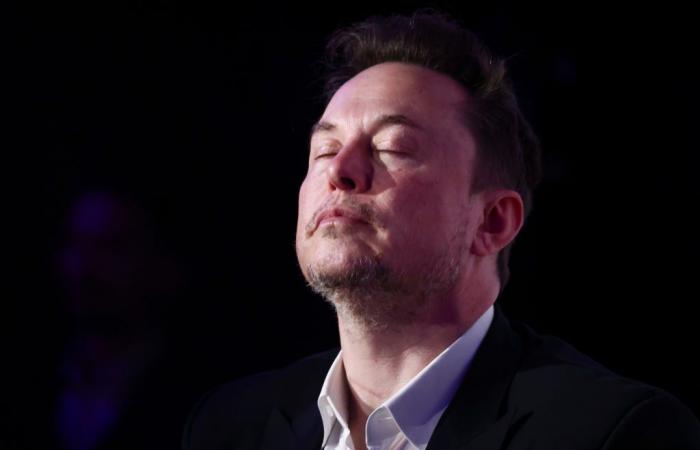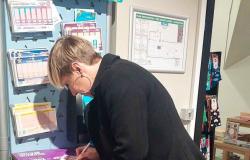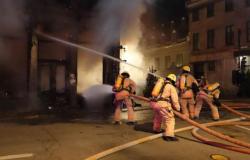Key takeaways
- At the unveiling of “We, Robot”, Elon Musk presents Tesla’s Cybercab robotaxi prototype.
- Analysts are urging Tesla to show concrete progress and provide clear details about the project.
- Wedbush analysts expect on-site demonstrations of the prototype and insight into the scalability, cost per mile and development of the ride-share app.
“We, Robot” reveal
Elon Musk presents the long-awaited prototype of Tesla’s robotaxi, the Cybercab, at Warner Bros Studios in Burbank, California on Thursday. This event, called “We, Robot,” comes after years of anticipation and bold predictions from Musk about the transformative potential of self-driving cars.
Challenges and expectations
The project has suffered from delays. It was originally supposed to be released in August, but that was postponed until October. Musk attributed the latest delay to design changes and emphasized that further refinement is needed. However, analysts are now pushing Tesla to show concrete progress. Jessica Caldwell of edmunds.com highlights the significant development around the Robotaxi concept and emphasizes that Thursday’s event should deliver clear details.
Features and design
Information about the Cybercab remains limited. Reports suggest it will have two seats and a unique “butterfly wing” design. It is believed it will rely on a combination of cameras and computing power for navigation, unlike rivals that prefer laser-based sensors such as Lidar.
Analyst expectations and challenges
Wedbush analysts expect on-site demonstrations of the prototype and eagerly await insights into Cybercab scalability, cost-per-mile forecasts and the development of a Tesla ride-share app. They believe Musk will address the company’s current challenges during this highly anticipated event.
Alphabet’s Waymo
The unveiling of “We, Robot” coincides with the recent departures of key Tesla executives, including those leading its new vehicle program. Some have suggested that the company should prioritize a low-cost electric vehicle to compete effectively in the increasingly crowded EV market. However, Tesla remains determined to challenge Alphabet’s Waymo, a dominant player in the self-driving car space with operational robotaxi fleets in San Francisco, Phoenix, Los Angeles and a recently expanded service in Austin, Texas.
A well-considered strategy
Despite Musk’s enthusiasm for the technology and its importance to Tesla, his approach to media attention appears more subdued than previous product launches. The BBC, along with other prominent media, was not invited to the unveiling, indicating a deliberate strategy by Tesla to manage public perception surrounding this critical event.
If you want access to all articles, temporarily enjoy our promo and subscribe here!






